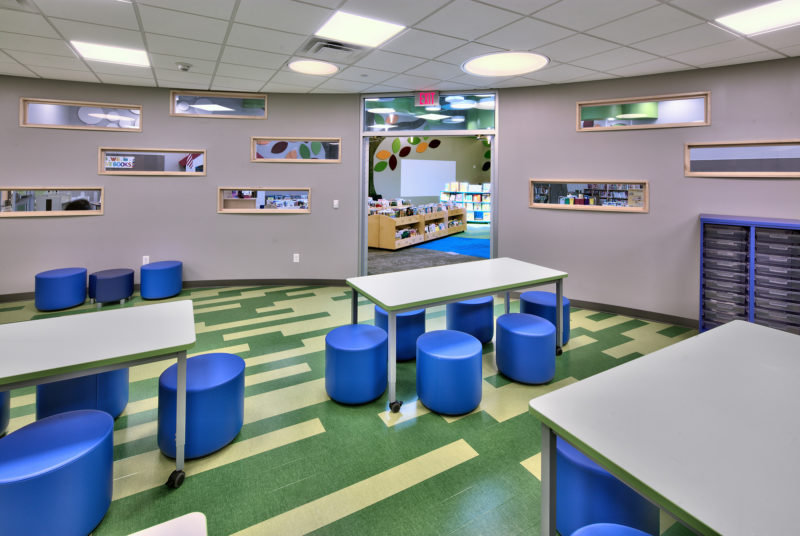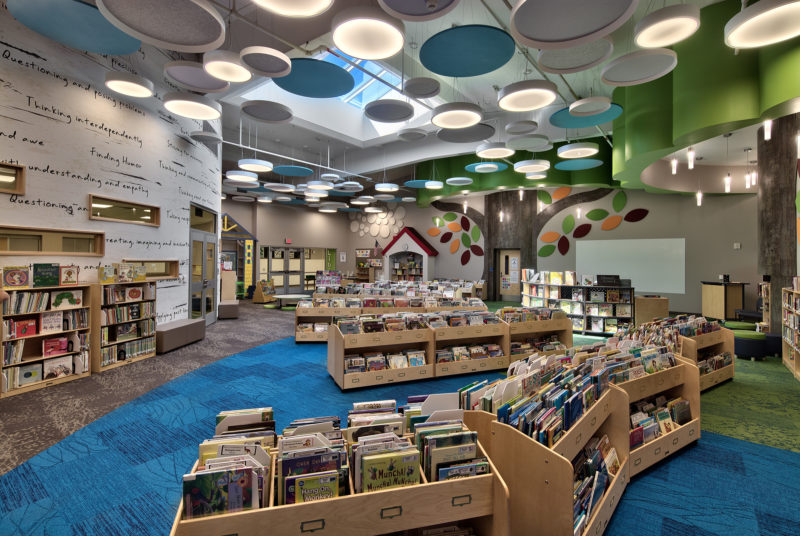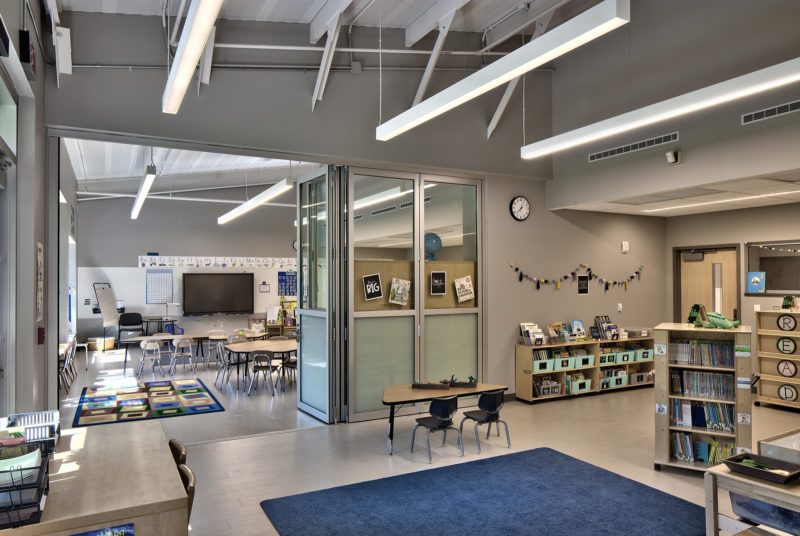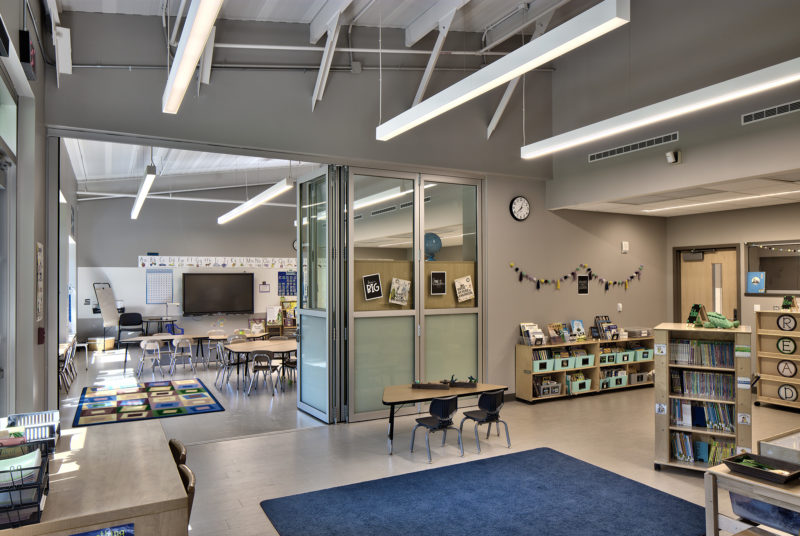Featured in the New York State School Boards Association Newspaper ‘On Board.’
When stay-at-home orders swept the nation in 2020, schoolchildren were forced to adapt to new schedules, a lack of socialization and new systems of learning. This school year, districts may see lingering effects of pandemic, such as higher levels of anxiety. Students with social-emotional issues may become disengaged, leading to decreased performance and outcomes in school.
School architecture can be part of your district’s strategy to recover from the pandemic because physical learning spaces can play a role in enhancing learning and fostering better social- emotional health. Understand that your school has three kinds of spaces:
Formal Spaces
Formal spaces include classrooms, lecture halls and laboratories. It’s important for these spaces to accommodate multiple functions, teaching methods and student learning preferences. For instance, moveable furniture and adaptable physical layouts can provide a variety of configurations to accommodate formal instruction, break-out groups or activity-based learning. Flexible learning spaces can foster innovative approaches to teaching and learning when compared to the traditional classroom, according to research by Stern Neill and Rebecca Etheridge of the University of Washington.
Social Learning Spaces
 Social learning spaces are designed to encourage social interaction in smaller groups. These can include lounges, commons, courtyards and even hallways. Social learning spaces can be indoor or outdoor and serve to encourage both planned and impromptu interactions. Seating may be non- traditional. Smaller, collaborative environments can increase engagement and overall confidence for historically underserved students by providing a safe place for creativity and the opportunity to foster connections, according to research by Judith Meece, professor emerita at the University of North Carolina at Chapel Hill.
Social learning spaces are designed to encourage social interaction in smaller groups. These can include lounges, commons, courtyards and even hallways. Social learning spaces can be indoor or outdoor and serve to encourage both planned and impromptu interactions. Seating may be non- traditional. Smaller, collaborative environments can increase engagement and overall confidence for historically underserved students by providing a safe place for creativity and the opportunity to foster connections, according to research by Judith Meece, professor emerita at the University of North Carolina at Chapel Hill.
Creative Spaces
 Creative spaces can encourage students who aren’t in class together to collaborate and connect as well as serve as “breakout rooms” for students who are in class together. Examples include the school library, media center or just an open room. Providing a “creative learning space” can increase students’ engagement with the learning process and increase their motivation to explore and discover, according to a study by Maja Jankowska and Mark Atlay of the Centre for Excellence in Teaching and Learning at University of Bedfordshire in England.
Creative spaces can encourage students who aren’t in class together to collaborate and connect as well as serve as “breakout rooms” for students who are in class together. Examples include the school library, media center or just an open room. Providing a “creative learning space” can increase students’ engagement with the learning process and increase their motivation to explore and discover, according to a study by Maja Jankowska and Mark Atlay of the Centre for Excellence in Teaching and Learning at University of Bedfordshire in England.
A growing body of international scholarship supports providing these three kinds of spaces in PK-12 and of Creative Space and its Potential for Transfer from Non-Formal to Formal Education,” researchers at Dublin City University spent a year studying how establishment of a Creative Writing Center affected students in primary and secondary grades, including questionnaires and interviews. They found creativity has enhanced by:
- Social-emotional factors, e.g. a safe and supportive environment and valuing student voices.
- Critical feedback that encourages self-motivation and experimentation with ideas.
- Physical space that is (1) open and light, (2) stimulating and cozy, and (3) unexpected and dynamic. School spaces in the study were enhanced by strategically located curtains that were used instead of doors, flexible furniture and relaxed colors and textures.
Be sure to discuss opportunities to enhance formal spaces, social learning spaces and creative spaces with the architects who work on your next capital project or renovation. Good design involving all three space types can create a flexible learning environment where all students can thrive.
The combination of formal, informal and activity-based learning spaces aligns with school objectives such as creating comprehensive and equitable learning experiences, promoting strong student social emotional health, addressing multiple student learning preferences, and supporting educators as they employ student-centered teaching methodologies.


